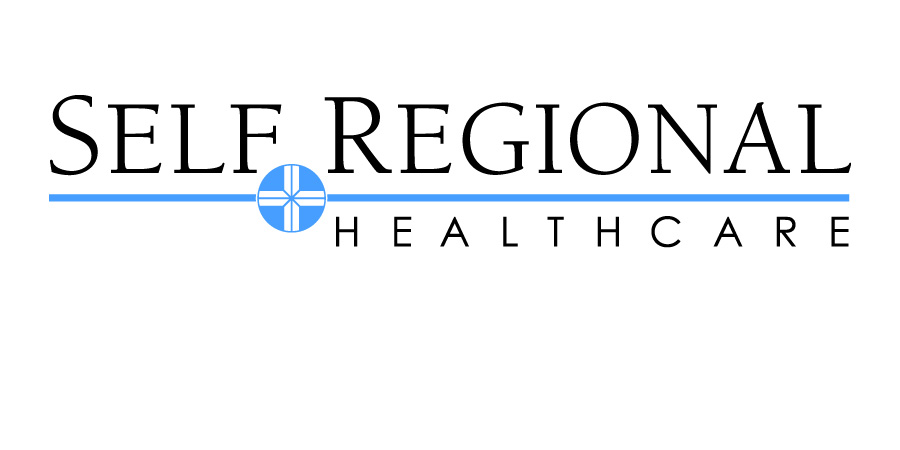Information
-
Document No.
-
Audit Title
-
Site Address
-
Conducted on
-
Completed by
Outdoor Areas, Doorways
Slips and Trips
Outdoor Areas
-
Can anything be found on the paths, steps and fire escapes that could cause slips, eg build-up of leaves, wet grass, moss, mud etc?<br>
-
* Set up a regular work schedule for clearing paths, tackle busy routes first
* Consider cutting back plants a and trees that overlap paths -
Are paths prone to ice build-up during winter months?
-
* Consider alternative, safer routes
* Monitor weather conditions and put a winter procedure in place, eg gritting -
Are there any changes in level on the path that are not easy to see, eg small slopes?
-
* Highlight hazard - improve lighting, apply contrasting eye-catching colour to slope (eg non-slip paint, flush-fitting bolt-on material)
-
Are there holes, potholes, or uneven paving on footpaths?
-
* Barrier off area as a temporary solution, ensure barriers cannot be easily moved
* Highlight hazard, eg, improve lighting, use eye-catching colour tape on defective area as a temporary solution
* Maintenance required - fill in holes, re-lay paving, replace Brocken paving stones -
Are fire escapes slippery when wet?
-
* Improve grip - consider applying slip-resistant coating/strips or bolt-on slip-resistant material (caution - do not creat a trip hazard)
Doorways
-
Is the floor between the building threshold (entrance) and the entrance matting slippery when wet?
-
* Improve grip - consider extending the matting, applying slip-resistant coating/strips or changing to a more slip-resistant materials
Entrances, Corridors
Entrances
-
Is there water on the floor from rain etc? Is it making the floor slippery?
-
* Stop water entering the building - construct canopies over entrances, improve external drainage, keep doors closed when you can
* Prevent water spreading - fit large and absorbent entrance mats to dry shoes
* Remove water quickly - review cleaning system, introduce dry mopping, consider installing heaters/underfloor heating to spread up drying time
* Improve grip - consider fitting slip-resistant flooring -
Are there any trip hazards in the area, eg trailing cables, deliveries, mats with curled up edges, or other objects
-
* Housekeeping needed - tidy away cables, provide safe delivery storage area, clear away boxes and equipment, fix down mat edges or replace if necessary
Corridors
-
Are there any subtle changes in floor level, eg slopes, small steps, abrupt changes from one flooring material to another?
-
Highlight hazard - improve lighting, apply contrasting eye-catching colour on slope/step, clearly highlight change from one flooring material to another
-
Are the floors smooth in areas where contamination can be found on the floor (eg liquids, food and food wrappers, dusts, condensation etc?)
-
* Stop contamination from getting onto floor - provide bins for litter, fix leaks
* Prevent spreading - drip trays beneath plants, water coolers etc.
* Remove contamination quickly - review cleaning system, spot clean spills, dry mop larger wet areas, vacuum/brush up dry materials
Corridors cont.
-
Are there tiles or flooring becoming unstuck or curling at the edges?<br>Are there holes?
-
* Maintenance required - fix down tiles and carpet edges, replace if necessary, fill in holes, replace cracked tiles
-
Is any anti-slip coating or grip tape worn smooth or damaged?
-
* Replace worn or damaged coatings
* Consider changing flooring to anti-slip -
Are there any trip hazards in the area, eg trailing cables, boxes, deliveries, mats with curled up edges, or other objects
-
Keep walkways clear, tidy and of free of all obstacles that may pose a trip hazard
-
Are lighting levels sufficient to see the floor surface clearly?
-
* Improve lighting if levels are too low, seek advice on lux levels
-
Is light reflecting on smooth floor surfaces creating glare?
-
* Re-angle lights, install blinds, anti-glare grills or glazing films
* Consider removing floor surface shine
Stairs and Ramps
Stairs and Ramps
-
Are step nosings (edge of step) hard to see, rounded, damaged, loose or slippery?
-
* Check that lighting is sufficient to see step /stair edges clearly
* Highlight the very edge of the step with a nosing that has a high visibility, square edge and non-slip finish -
Are handrails available? Are they easy to reach and useable?
-
* Provide a handrail on at least one side of the stairs; if flight of stairs is wider than 1 m provide handrail on both sides and a third, middle rail if 2 m or wider
* Handrail heights should be between 900mm and 1000mm and be parallel to the pitch line (slope) of the flight of stairs. On landings where the handrail provides guarding the height should be 1100mm
* Recommendations for handrail shape, diameter and distance from wall can be found in Building Regulations and British Standards -
Is the height (rise) of the steps or depth of tread (going) inconsistent through the flight?
-
* Highlight the problem, eg with a warning notice
* If possible, correct the rise/going so that they are all equal -
Are stair treads slippery?
-
* Thoroughly clean on a regular basis to remove contaminants
* Replace stair covering with one with better slip resistance -
Are any ramps or slopes in or around the workplace difficult to see?
-
* Highlight ramp with contrasting colour and check lighting levels
* Improve grip - consider fitting slip-resistant flooring
* As with flights of stairs, consider providing handrails
Toilets
Toilets
-
Is water getting onto the floor? Is the floor slippery when wet?
-
* Stop water getting onto the floor, eg position sufficient hand dryers close to sinks
* Remove water quickly - regular monitoring, spot clean, dry mop wet areas
* Improve floor drainage where possible
* Improve grip - consider installing slip-resistant flooring -
Are taps or pipes leaking?
-
* Prevent contamination spreading - provide drip trays as a temporary solution
* Fix leaks promptly
Cleaning
Cleaning
-
Are spillages left on the floor off some time before they are cleaned up?
-
* Encourage a "see it, sort it" mentality amongst staff
* Ensure staff know where to find cleaning equipment, or to how to report spills -
Are small spills wet mopped?
-
* Spot clean small spills using absorbent cloth/paper towel
* Provide training then supervise
* Ensure spills cleaning equipment is readily available -
Can people walk through areas during wet mopping or when floors are still wet? Is the floor smooth or slippery when wet?
-
* Keep people off smooth wet floors - barrier off/close off areas, wet mop out of hours when no one is around
* Reduce drying time, dry mop floors -
Are warning signs left out long after the wet floor has dried?
-
* Ensure cones and signs are removed as soon as cleaning is completed and floors are dry.
* Provide training then supervise -
Can equipment leads be seen crossing or blocking walkways, creating trip hazards?
-
* Consider changing to battery powered equipment
* Coil up unused equipment cable
* Review cleaning times to reduce exposure to hazard
Cleaning cont.
-
Is cleaning equipment left in common areas so as to create a trip hazard?
-
* Equipment should be stored away when not in use
* Cleaning staff should be trained in hazard awareness
Fire Safety
Fire Safety
-
Are bins and skips containing combustible material secure?
-
* To reduce the risk of arson:
* Skips and wheely bins should have doors/lids that can be kept locked, and preferably kept in a locked compound
* Wheely bins should not be filled to the point where the lid cannot be closed
* Skips and bins should not be positioned next to buildings -
Are fire doors in good condition?
-
* Fire doors that are held open should automatically close when the fire alarm sounds * Fire doors should close smoothly and fully * When closed, there should be no gaps between the smoke seals and the frame/other door * All holes in doors should be filled with intumescent filler * if you are concerned about the condition of a door, contact the Fire Safety Advisor
-
Can final exit doors be opened easily with one simple action?
-
* Final exit doors (doors to the outside) should be easy to operate in an emergency and not impede your exit
* Is there a manual override on access control doors? -
Are all fire exit routes kept clear of obstructions?
-
* Escape routes should be kept clear
* Nothing should be left along fire exit routes that could impede evacuation or add to the fire loading (combustible materials) -
Are fire action notices completed with the relevant information?
-
Fire Action Notices should explained what people should do in the event of a fire.
-
Are fire evacuation signs clearly in view, ie. not obscured
-
Green escape signs should not be obscured by ceiling fittings, other signage etc.
Security
Security
-
Is access control adequate and maintained correctly?
-
* Do access control systems work correctly?
* Do staff prevent tailgating?
* Are access control codes changed regularly? -
Is the CCTV system adequate and operational?
-
* Are the operational requirements for CCTV understood and maintained?
* Are all cameras operational?
* Is the quality of recorded images of evidential standard?
* Is the time/date stamp correct?










